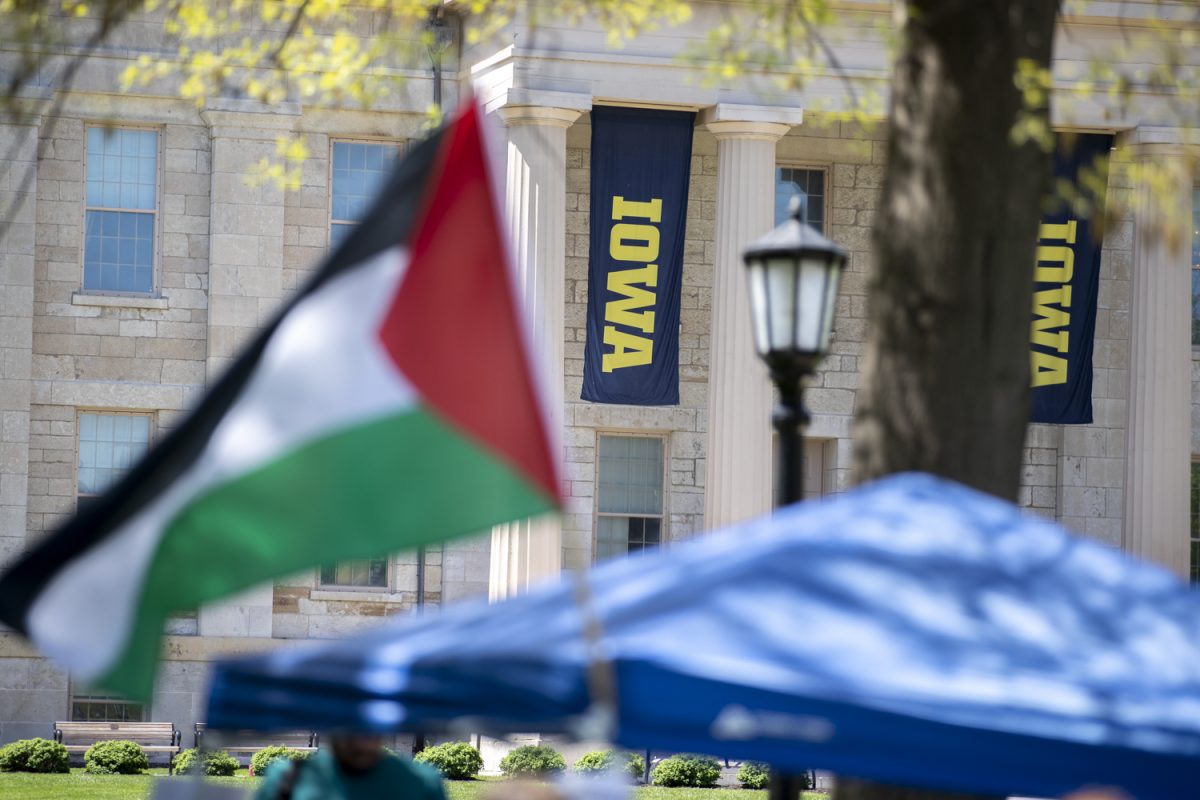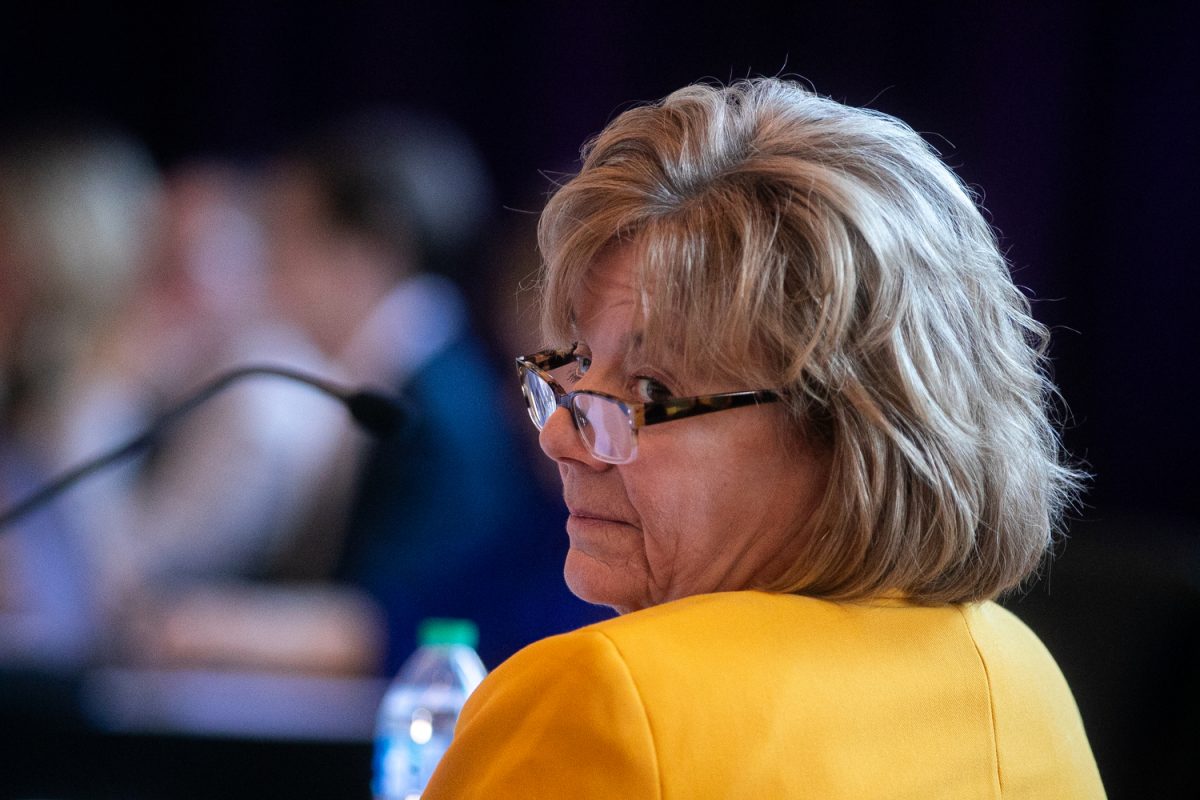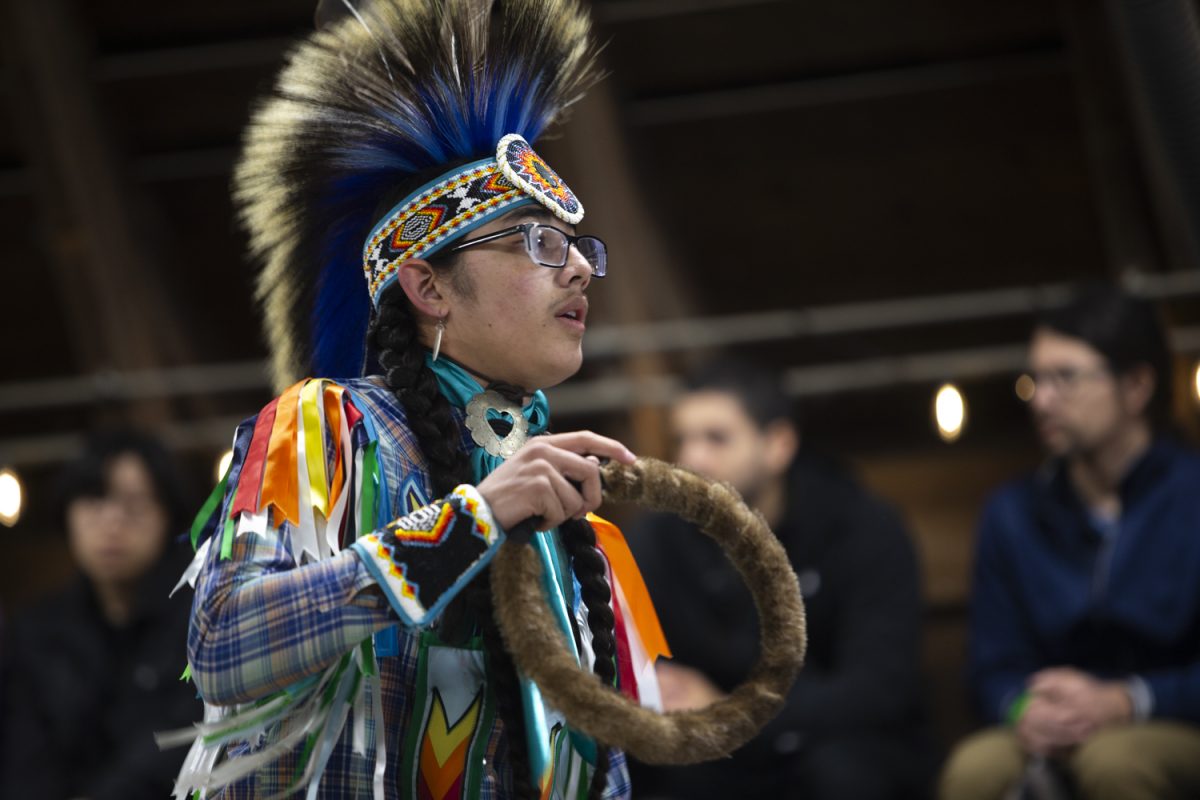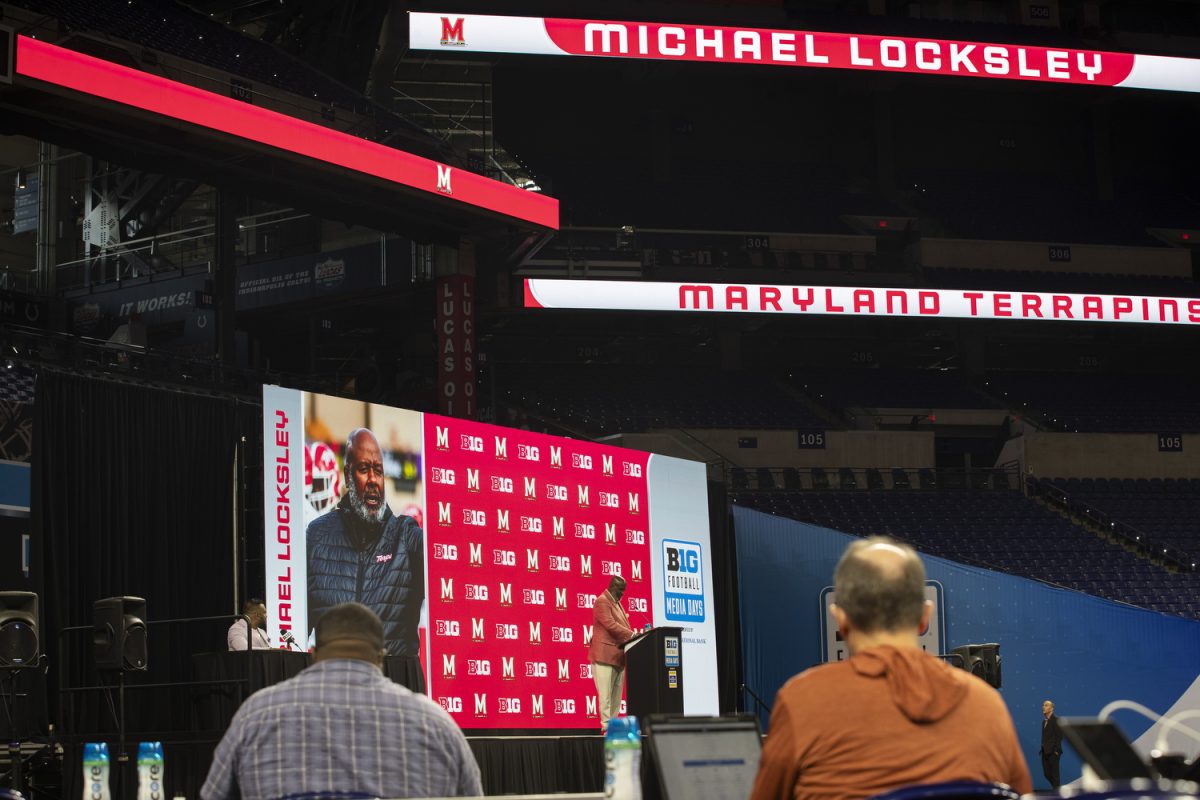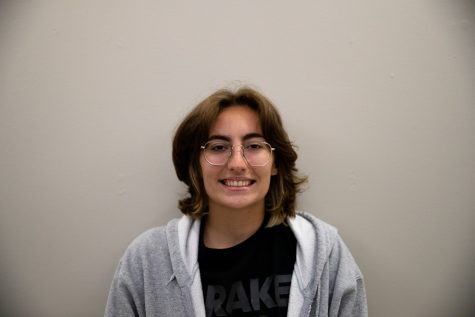On June 29, 2023, the U.S. Supreme Court struck down affirmative action for college admissions. The following Friday, June 30, it struck down Biden’s student loan forgiveness program.
In the midst of economic uncertainty and deep political divisions, students and applicants are finding that universities are becoming harder to get into, and more expensive.
The U.S. Supreme Court ruled in favor of Students for Fair Admissions in the cases of Students for Fair Admissions Inc. v. President and Fellows of Harvard College, and Students for Fair Admissions Inc. v. University of North Carolina et al.
This recent decision effectively forbids admission boards from considering race as a factor in admissions. Within the majority opinion and statement on the case, the court wrote that affirmative action uses race as a negative and employs stereotypes.
The court offered no redemptive factors to safeguard students of color whose position as an applicant continues to be impacted by historic systems of oppression. This historic injustice was acknowledged in the majority opinion of the Supreme Court, as well as its role in that ignoble history.
Affirmative action was first opined in the Supreme Court in reference to the 1978 landmark case Regents of the University of California vs. Bakke, a dispute between a medical school applicant and the school’s admissions board. The court ruled 5 to 4 in favor of the student, mandating that the quota system the universities had been using to accept minority applicants was unconstitutional.
However, the court also ruled 5 to 4 in favor of the University of California, upholding affirmative action.
“The purpose of overcoming substantial, chronic minority underrepresentation in the medical profession is sufficiently important to justify petitioner’s remedial use of race,” the then justices wrote in their opinions. It indicated that race could be one factor considered by admissions boards, not the only factor.
Both the 1978 and 2023 Supreme Court decisions hinge on the same brief line in the 14th Amendment, which enshrined equal rights for everyone under the law. Today, the highest court in the country, given the sole power to interpret the constitution, considered this to mean that in this instance, white students are being discriminated against in college admissions.
At the University of Iowa, it seems that the admissions process will remain relatively unchanged.
RELATED: UI USG partners with Iowa House Hotel to help students between leases
In an email to The Daily Iowan, UI Vice President of Enrollment Brent Gage wrote that the University’s admissions process doesn’t use race, gender, or anything other than student’s test scores, GPA, and the number of core course units completed in high school.
“There are no required adjustments as the factors outlined in the [U.S.] Supreme Court decision are not currently a part of the admission process at Iowa,” Gage wrote.
When asked how the university will protect diversity, equity, and inclusion, Gage wrote it would remain unaffected.
“As diversity is a core value at the University of Iowa, we will continue to recruit students in an equitable fashion that includes all students and promote diversity in our enrollment outcomes,” he wrote.
However, communities of color don’t feel that the university’s work is done in terms of affirmative action, including Jade Nguyen, a programming assistant at the Asian Pacific American Cultural Center and mentor for Upward Bound.
“As a student that has been on campus, I see the things the university prioritizes and what they choose to care about, and things they choose to overlook. In that sense, I would say that they aren’t doing the best in helping preserve their communities of color,” Nguyen said.
Professor Jose Fernandez, an associate professor of Latino/Latina/Latinx studies at UI, described the complicated public perception of affirmative action.
“There’s usually a misunderstanding about affirmative action at selective universities that are taking race into consideration that it is a form of reverse discrimination, but I think one of the goals of affirmative action in discussions or among the larger public that blatant discrimination and exclusion of students of color historically,” Fernandez said. “Affirmative action is discussed as ‘we need diversity in the classroom’, and we do need diversity in the classroom – that’s part of what affirmative action does in theory, but I always think about affirmative action as looking back historically at how people of color in higher education, students of color, have been treated or excluded.”
Nguyen echoed Fernandez’ sentiment when asked what steps the university could take to mitigate the impact of the affirmative action decision on students of color. Nguyen said universities could help correct these historic imbalances by working to end legacy admissions.
“Ending legacy admissions wouldn’t necessarily let it get us back to how diversity was, but you’d at least lessen the upper hand that many white students already have by being allowed to be let in as a legacy,” Nguyen said.
However, the June 29 court decision is not the only one that students fear will have a disproportionate impact on students of color applying for college.
“All of these [high] schools are not made the same. Some have more funding; some are more well off,” Nguyen said. “Class and race often intersect.”
The student loan forgiveness program, which was struck down only a day after the affirmative action decision, promised to forgive $400 billion in student debt. At the UI alone, the most recent average amount in loans a student takes for all four years is almost $29,000, according to Kelsey Ryder, an associate director at the UI Office of Financial Aid.
Ryder also stated that the UI gives out $18 million in scholarships to over 18,000 students. The UI has about 31,000 students so over half of the university’s students are receiving a scholarship of some kind.
The student loan forgiveness plan to help relieve some or all of students’ loans will affect students’ future financial planning. Although the program’s success was never guaranteed, it created hope where it now creates confusion and stress.
The UI is not the servicer for loans, but to make sure students who are going into repayment know how to repay their loans the university has a website on its financial aid page that guides students through the process.
The link on its website is for a resource where students can log in and find who their loan servicer is. The federal government’s student aid website has the most up-to-date information on the different repayment plans, which will show students the link to find their servicer and the information on debt forgiveness.
Ryder said as repayment for loans starts back up, the university will reach out to students who miss payments on their loans to ensure the students know who their loan servicer is and how to pay.
“We’re prepping to answer any questions students might have, both current and former students,” Ryder said. “Overall, UI students do a really good job of paying back their loans, but there definitely can be some confusion especially when you just start repaying. I think we’re anticipating that, so we’ll do that outreach that we’ve done in the past.”
The UI’s Undergraduate Student Government Director of Governmental Relations, Keaton Zeimet, said the USG was disappointed with the loan forgiveness circumstances.
“Speaking as a student and part of USG, [loans] impact students and alumni tremendously because that debt basically can determine your cost of living, your financial risk, it will determine milestones in your life,” Zeimet said. “For a lot of people that aren’t even entering college, [loans] will dictate whether they want to go immediately into the workforce or continue with a degree like looking at that debt and the rising cost.”
Out-of-state students generally have to pay more tuition than in-state students. It impacts them tremendously since they have to pay a higher price for education. This could affect many current or future students that were counting on their loans being forgiven and could dictate whether out-of-state students come to Iowa or not.
This also comes after the state Board of Regents voted on June 14 to raise tuition for all regent schools in Iowa. The increase for the UI was 3.5 percent, meaning in-state students will now be paying roughly $9,016, while out-of-state will pay approximately $30,979.
At that same meeting, USG Vice President Carly O’Brien said that as a student from out-of-state, she felt the that increased financial burden.
“I am one of the many out-of-state students who are no stranger to the struggle to pay higher tuition,” O’Brien said. “Last academic year, I found myself working three small part-time jobs to offset the cost of my education.”
Zeimet recommended students talk to their legislator because that is what dictates whether or not another loan forgiveness program will pass in the future. USG continues pushing for lower tuition rates and more state funding. Last year, it tried doubling the Pell Grant and addressing student debt relief at the federal level.
“We as a student government believe that is a disappointment, especially for students who are more financially disadvantaged,” Zeimet said.







